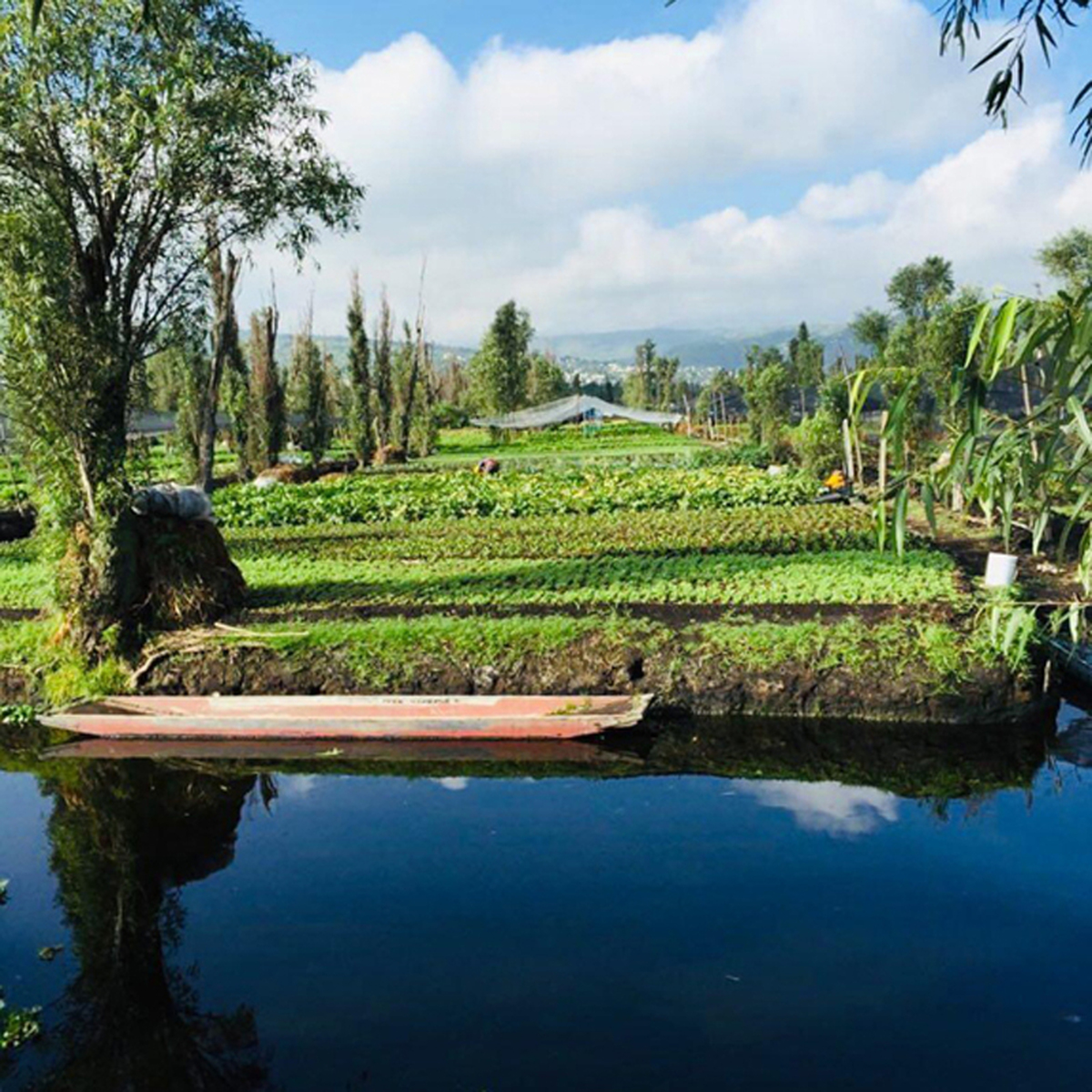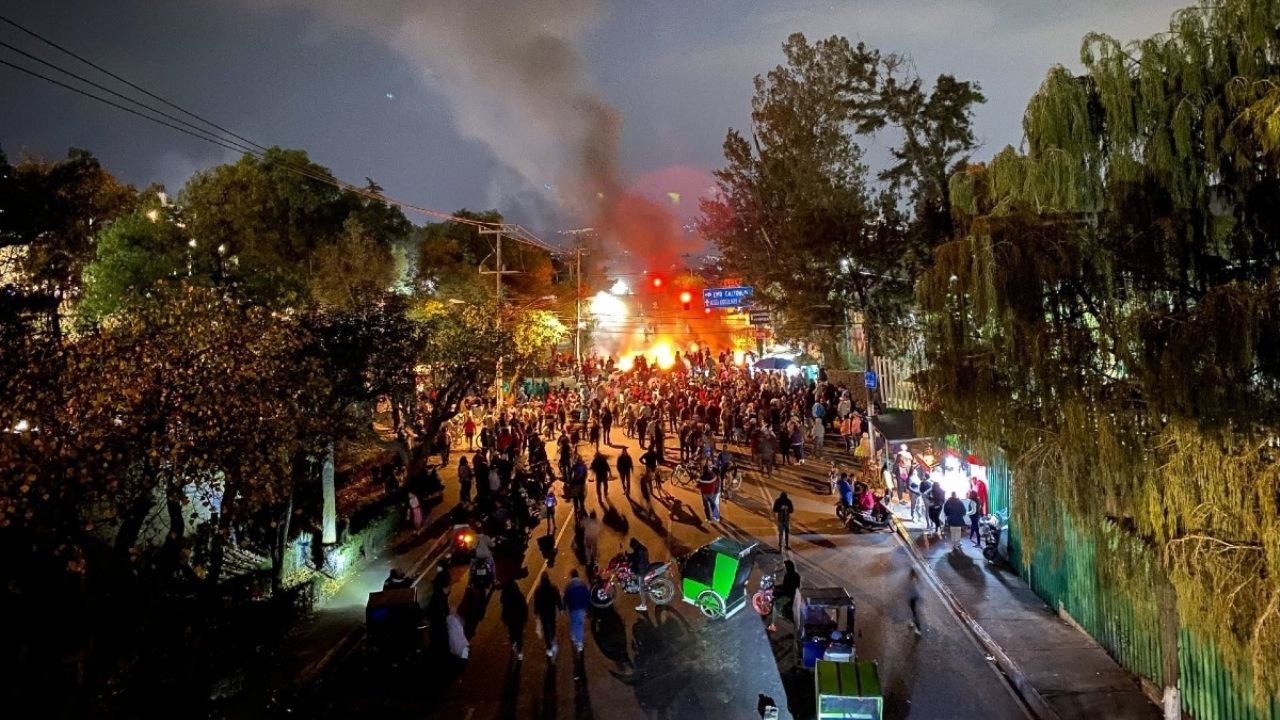Act II (Part I) - The Land

San Gregorio Atlapulco is a town that pre-dates the imposition of the European colonial order. It is a ‘barrio’ of Mexico City characterised by its relationship with the land and the water and its knowledge of the plants and animals that have been fundamental for the imperial centre of Mexico from the Mexica days to the neoliberal order.
Days before the 2017 earthquake, rain ‘softened’ the land, which made it vulnerable to the seismic vibrations. More than 300 homes became uninhabitable. Most of the damage was not due to faulty buildings, but to sinkholes provoked by the ‘softness of the land’. The level of the canals of water, characteristic of this town, was diminished - a sign that profoundly worried the inhabitants of Atlapulco.
'When the 1957 earthquake occurred, I was very little and I don't remember well what happened. But in 1985 it was bigger and I remember that there was a lot of damage in the city. But this 2017 earthquake, this one was very strong here in San Gregorio. My house was very damaged here [sic] and they are working on the demolition. Meanwhile, I have been with some relatives, but I would like to have my house again.'

This town, since the land redistribution efforts of the Mexican Revolution in 1922, has had two very different regimes of land ‘ownership’: ejidal (common land for social use) and private. Such arrangement has been severely compromised by the advance of private property in the late 20th century. Here, the chinampas (artificial, floating, patches of land used to grow food) have historically been the way in which life is sustained by the people living here. Recently, as well, with the growing problem of water supply shortage to the wider Mexico City, the water that shapes the life of people from San Gregorio is being extracted to supply wealthier neighbourhoods.
Atlapulco had been considered a very productive place that grew lettuce, kale, verdolaga, broccoli, chili chicuarote, epazote, spinach, zucchini, and other legumes and vegetables. Similarly, it is considered an important centre for festivities like Día de Muertos, Día de la Candelaria and the patronal party for San Gregorio Magno.

Things changed considerably after the earthquake. Most of that year’s produce was lost. Because of the impeded mobility, many of the products that were not lost were unable to reach their consumers. Future crops were endangered by the low water flow in the canals.
Sinkholes began appearing not only because of rain combined with earthquakes. The Federal authorities in Mexico had started to extract water from San Gregorio and use it as a sewer to meet the water and waste disposal needs of other parts of Mexico City. It remains unclear what was the role of this under-documented and opaque extraction as consequences of the 2017 earthquake. If extraction continues, other sinkholes will appear and the water levels will diminish further making agriculture impossible.















